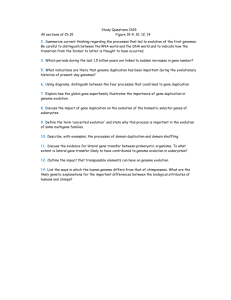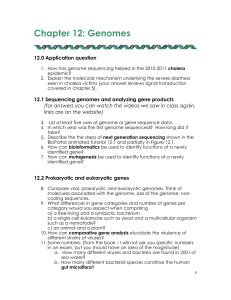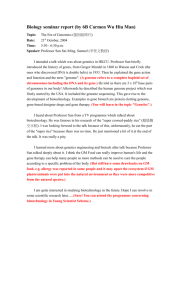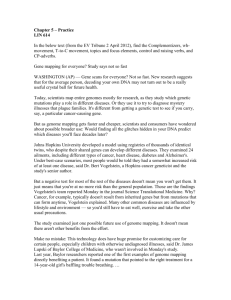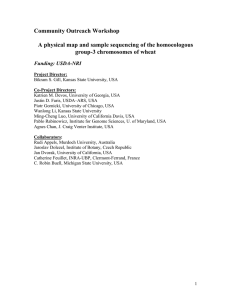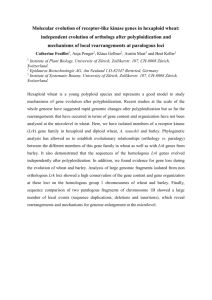Catherine Feuillet, University of Zurich, Switzerland
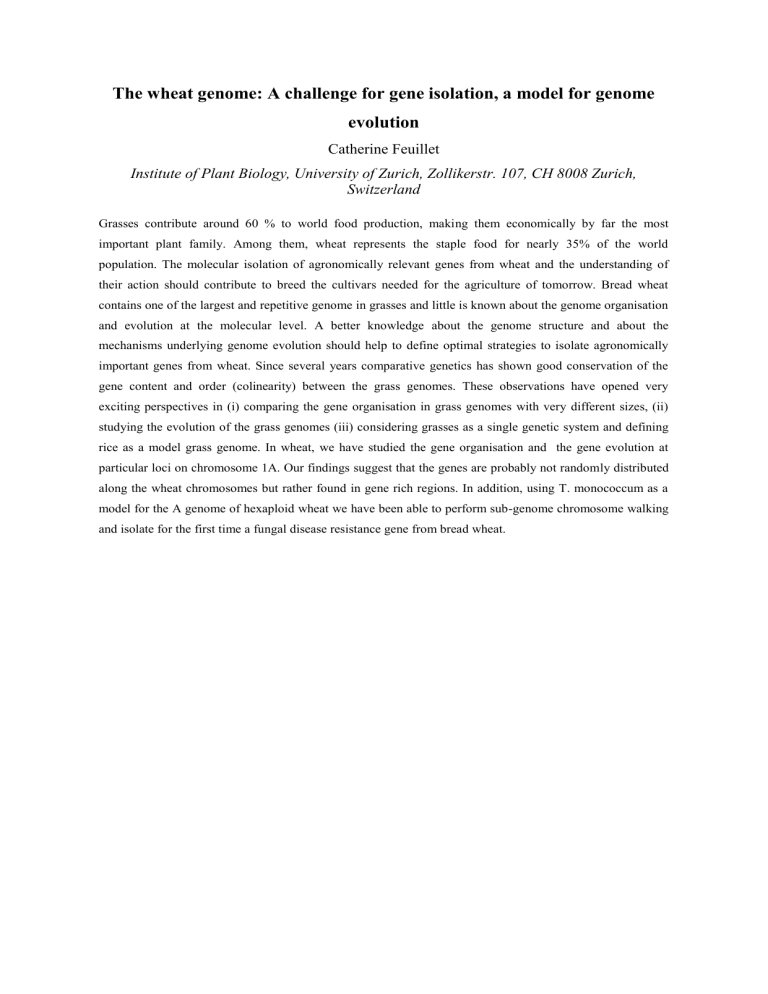
The wheat genome: A challenge for gene isolation, a model for genome evolution
Catherine Feuillet
Institute of Plant Biology, University of Zurich, Zollikerstr. 107, CH 8008 Zurich,
Switzerland
Grasses contribute around 60 % to world food production, making them economically by far the most important plant family. Among them, wheat represents the staple food for nearly 35% of the world population. The molecular isolation of agronomically relevant genes from wheat and the understanding of their action should contribute to breed the cultivars needed for the agriculture of tomorrow. Bread wheat contains one of the largest and repetitive genome in grasses and little is known about the genome organisation and evolution at the molecular level. A better knowledge about the genome structure and about the mechanisms underlying genome evolution should help to define optimal strategies to isolate agronomically important genes from wheat. Since several years comparative genetics has shown good conservation of the gene content and order (colinearity) between the grass genomes. These observations have opened very exciting perspectives in (i) comparing the gene organisation in grass genomes with very different sizes, (ii) studying the evolution of the grass genomes (iii) considering grasses as a single genetic system and defining rice as a model grass genome. In wheat, we have studied the gene organisation and the gene evolution at particular loci on chromosome 1A. Our findings suggest that the genes are probably not randomly distributed along the wheat chromosomes but rather found in gene rich regions. In addition, using T. monococcum as a model for the A genome of hexaploid wheat we have been able to perform sub-genome chromosome walking and isolate for the first time a fungal disease resistance gene from bread wheat.



